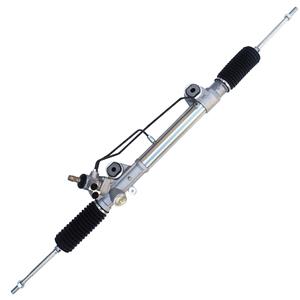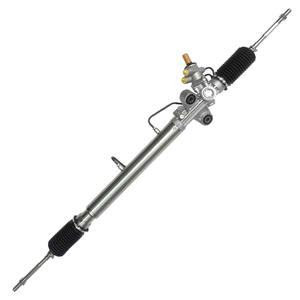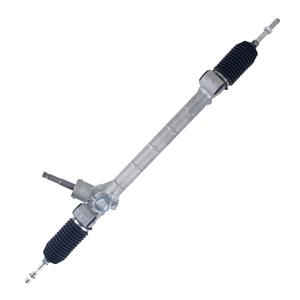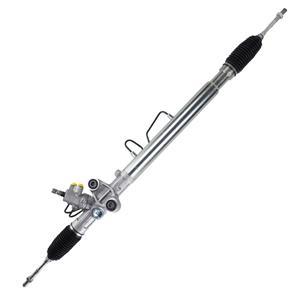What are the signs that you need power steering fluid?
The power steering system is an integral part of modern cars, making it easier for drivers to control the steering wheel in a variety of driving conditions. Power steering fluid plays a vital role in this system, ensuring smooth steering operation by providing hydraulic pressure to the steering system. However, sometimes car owners may notice that the power steering fluid level is dropping, which may not only lead to a decrease in steering performance, but may also indicate a more serious problem.
This article will explore the common causes of power steering fluid drop and explain how to identify signs that the power steering fluid needs to be refilled or replaced.
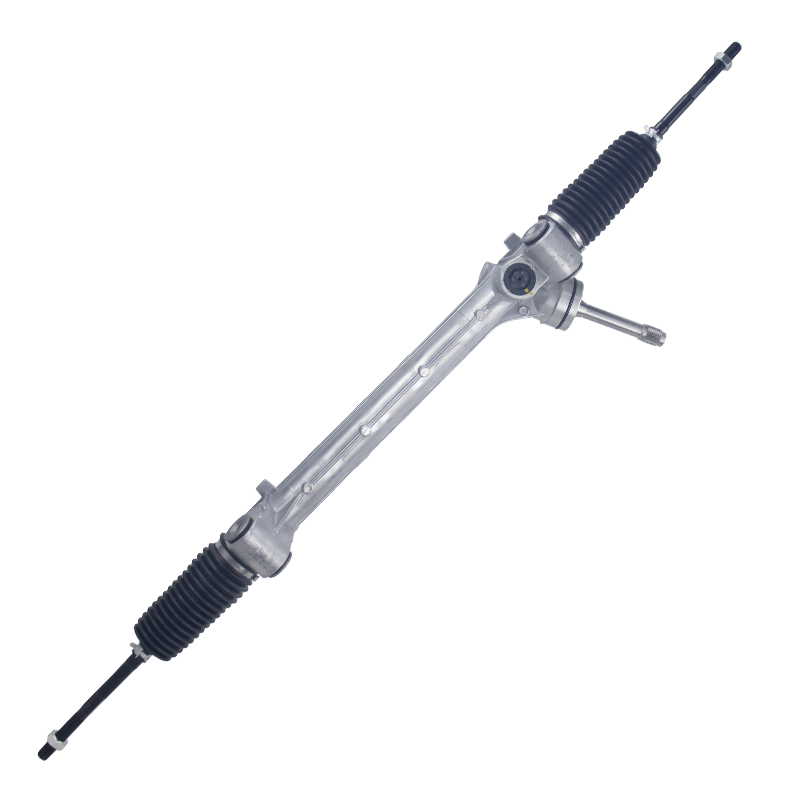
What does power steering fluid do?
Before understanding the reasons why power steering fluid drops, we first need to understand the importance of power steering fluid in cars. Power steering fluid is a specially designed fluid that is mainly used to transmit pressure in hydraulic power steering systems. It flows through the system and provides assistance to the steering gear through the power steering pump, making the operation of the steering wheel lighter and smoother.
Power steering fluid also has a lubricating function, reducing friction and wear within the system. In addition, it helps dissipate heat and prevent the power steering system from overheating during long-term use. A low power steering fluid level can cause the hydraulic system to fail, making steering difficult and potentially causing damage to components within the system.
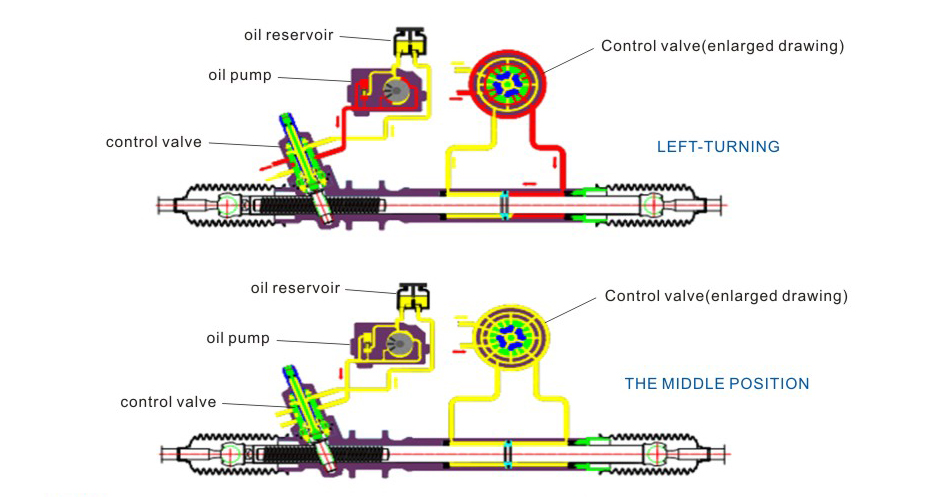
What causes a drop in power steering fluid?
There can be a variety of reasons for a drop in the power steering fluid level, which can be caused by a fault within the system or external factors. Here are some common reasons for a drop in power steering fluid:
1. Leakage in the hydraulic line
The hydraulic line of the power steering system is the channel through which the power steering fluid flows in the system. If the line is cracked, aged, or the joints are loose, it may cause a power steering fluid leak. Leakage in the hydraulic line usually occurs in high-pressure lines or joints, which are prone to wear or looseness due to long-term hydraulic pressure. Once the line leaks, the power steering fluid will gradually drain away, causing the fluid level to drop.
2. Aging and damage of seals
There are multiple seals in the power steering system to prevent fluid leakage, including O-rings, oil seals, etc. These seals are mainly installed in key parts such as steering pumps, gear racks, and steering gears. As the seals age and harden over time, they may even crack due to changes in pressure or temperature. Once the seals lose their sealing function, the power steering fluid will leak out, causing the fluid level to drop.
3. Damage to the power steering pump
The power steering pump is the core component of the entire power steering system. It provides the necessary pressure to the system through a hydraulic pump. If the components inside the power steering pump are worn or damaged, such as the pump shaft seal failure or internal parts break, the power steering fluid may seep out from the inside of the pump body. Leakage outside the pump body is usually more obvious, and you may see liquid residue or oil stains around the pump.
4. Wear of the steering gear
The steering gear (or steering gearbox) is one of the key components in the power steering system. It converts hydraulic pressure into mechanical movement to turn the wheels. If the gears, bearings or other components inside the steering gear are severely worn, it may cause the power steering fluid to leak from the steering gear housing or joints. In addition, once the internal seals of the steering gear fail, fluid leakage will also occur.
5. Overuse and system overload
In some cases, the power steering system may overload for a long time, resulting in excessive hydraulic system pressure. Excessive hydraulic pressure will increase the wear and tear of the system and the damage of the seals, which will cause fluid leakage. Especially in the case of frequent sharp turns or heavy loads, the pressure load of the system increases, which may cause the fluid level to drop.
6. Fluid evaporation or natural loss
Although the power steering fluid is designed to be airtight, the fluid may evaporate slightly or lose naturally after long-term use. This loss is usually slow and difficult to detect, but if the fluid level is not checked regularly, it may cause the fluid level to fall below the normal range. In addition, some additives in the power steering fluid may gradually decompose or precipitate over time, affecting the performance of the fluid.
7. External environmental factors
External environmental factors such as extreme temperature changes, humidity, chemicals, etc. may accelerate the aging of the hydraulic system and the wear of the seals. For example, cold weather may cause seals to harden or crack, while hot weather may increase the volatility of the fluid. These factors will affect the fluid level of the power steering system.
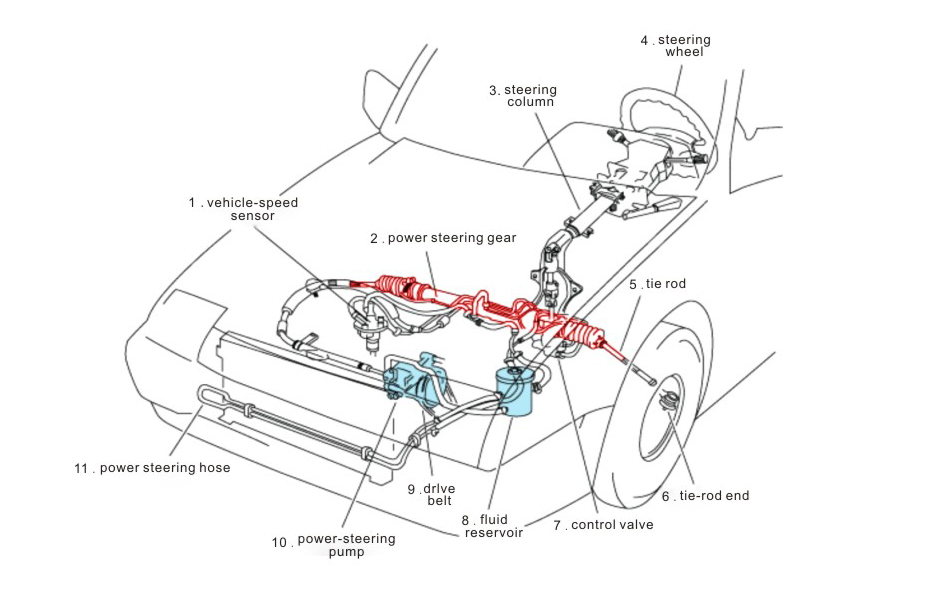
What are the signs that power steering fluid is needed?
A drop in the power steering fluid level can negatively affect the handling of your car and can even cause serious safety hazards. Therefore, it is very important to know some typical signs so that you can replenish or replace the power steering fluid in time. Here are some common signs that you need power steering fluid:
1. The steering wheel becomes heavy
This is one of the most obvious signs. When the power steering fluid level is too low, the hydraulic system cannot provide enough power assistance, making it difficult to operate the steering wheel. The driver will feel that the steering wheel has become heavy, especially when driving at low speeds or parking. If you find that the steering wheel is more difficult to turn than usual, it may mean that the power steering fluid is insufficient.
2. The steering wheel makes abnormal noises
When the power steering fluid level is insufficient, air may be mixed into the system, causing the hydraulic pump to make abnormal noises when it is running. This abnormal noise usually manifests as a harsh squeak or buzzing sound, especially when turning the steering wheel. The noise is caused by the collapse of bubbles in the pump or friction between components when the hydraulic pump is running without fluid.
3. Steering wheel returns slowly
Under normal circumstances, when the driver releases the steering wheel, the steering wheel should return to the neutral position quickly. However, when the power steering fluid is insufficient, the hydraulic power assist is weakened, causing the steering wheel to return slowly or lag. This phenomenon not only affects driving comfort, but may also endanger driving safety in an emergency.
4. Check the fluid level indicator
The power steering system is usually equipped with a fluid level indicator or a tank scale to help the owner understand whether the fluid level is within the normal range. If the fluid level indicator is found to be below the lowest line, it means that the fluid is insufficient and needs to be replenished immediately or the system needs to be checked for leaks. Regularly checking the fluid level indicator is the basis for ensuring the normal operation of the power steering system.
5. Steering wheel vibration
If the steering wheel feels obvious vibration or shaking when turning the steering wheel, this may be a manifestation of insufficient power steering fluid or unstable pressure in the hydraulic system. Vibration is usually more obvious when the vehicle is driving at low speed, and the intensity of the vibration may increase as the hydraulic power assist weakens. The vibration phenomenon indicates that there may be air or insufficient hydraulic pressure inside the system, which needs to be handled in time.
6. Hydraulic fluid deterioration
Power steering fluid should be clear amber or red. If the fluid turns black or smells bad when checking the fluid level, it means that the fluid has deteriorated or is contaminated. Deteriorated fluid not only loses its power-assisting function, but may also increase wear and tear inside the system, leading to further fluid loss. When the fluid deteriorates, it should be replaced in time and the system's tightness should be checked.
7. Fluid leakage signs
The owner can determine whether there is insufficient power steering fluid by checking the vehicle chassis or around the power steering system for signs of fluid leakage. Fluid leakage usually leaves oily or wet marks where the vehicle is parked, especially near the chassis, steering pump or hydraulic lines. If there are signs of leakage, it means that there may be a leak in the power steering system, which needs to be checked and handled immediately.
8. Reduced steering performance
When the power steering fluid is insufficient, the performance of the entire steering system will be affected. In addition to the steering wheel becoming heavier and slow to return to the center position, the owner may also feel that the steering operation is not as smooth as before. For example, the vehicle's response speed when turning becomes slower, or the steering operation requires more force to complete. If steering performance drops significantly, it may be a sign of insufficient power steering fluid.
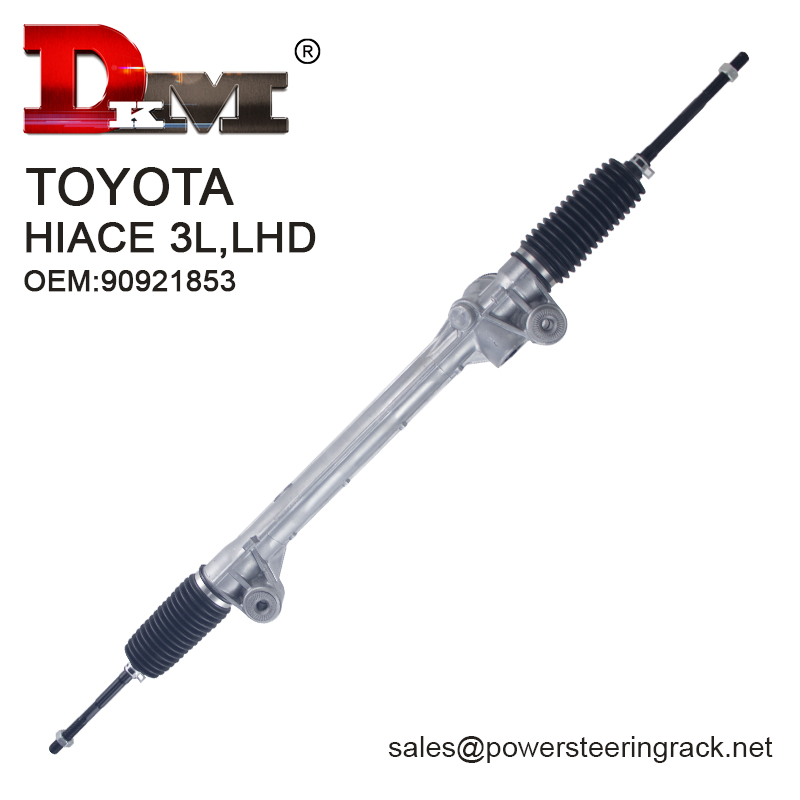
Established in 1996, DKM has been at the forefront of power steering system manufacturing, delivering high-quality solutions for vehicles from leading brands like Volkswagen, Toyota, and Hyundai. Our factory, equipped with over 280 advanced machines, 300,000 units annually and serves clients in the USA, Italy, and Southeast Asia. DKM offers flexible wholesale options, discounts for large purchases, and tailored services to meet diverse customer needs. Contact us today for competitive quotes and discover how our expertise can enhance our production your automotive business.

